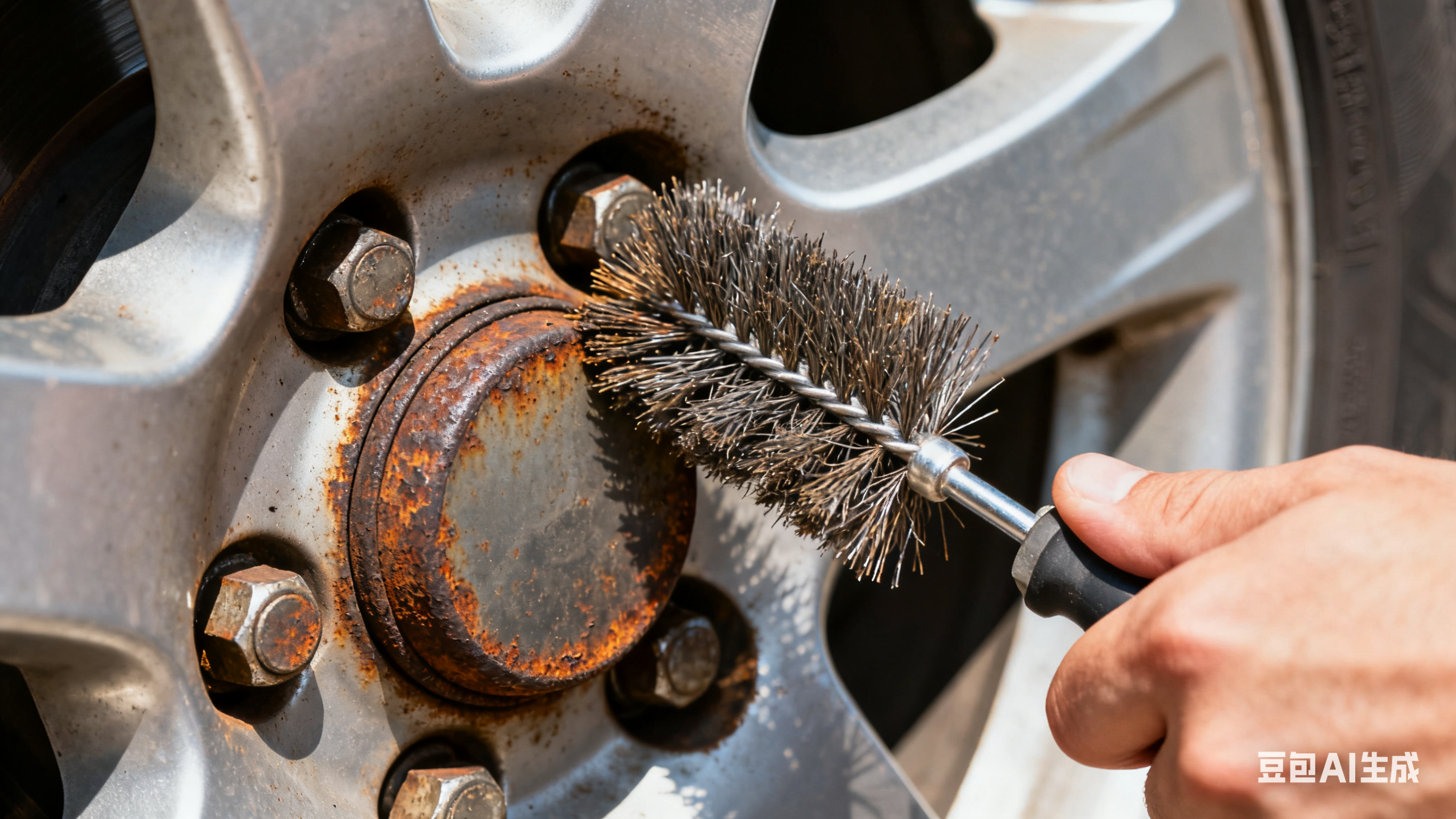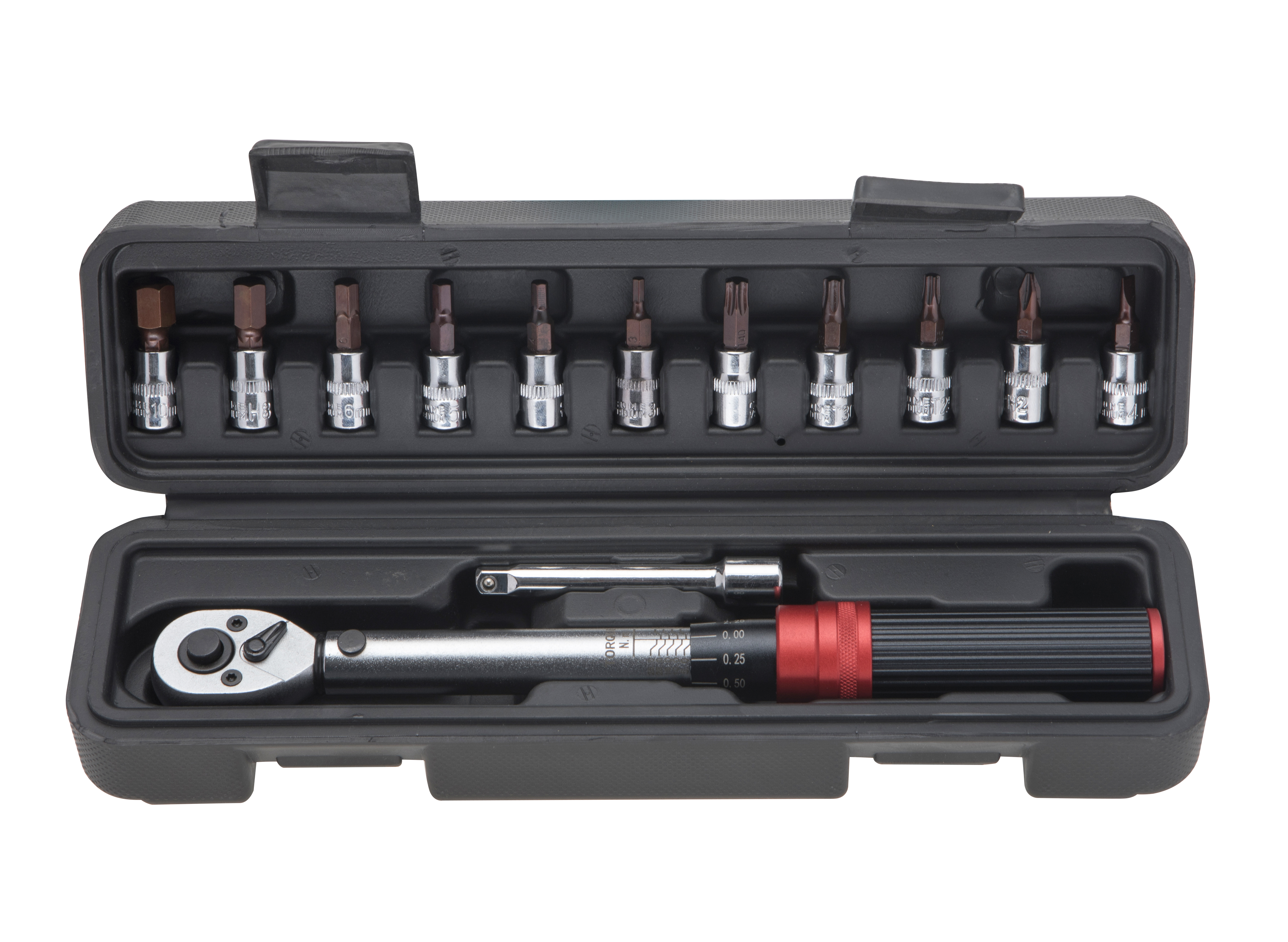In freezing weather, tire valve stems are at risk of freezing, which can lead to air leaks or even damage to the valve core—yet this issue is often overlooked by drivers. When temperatures drop below 32°F (0°C), moisture inside the valve stem can freeze, expanding and blocking the air flow. This not only makes it hard to check or adjust tire pressure but can also crack the valve stem rubber if the ice expands too much.
To protect valve stems in the cold, start by replacing standard rubber valve caps with metal or insulated ones. These caps create a tighter seal, preventing cold air and moisture from entering the valve stem. Before winter hits, inspect the valve stems for cracks or stiffness—cold weather worsens existing damage, so replace any worn stems immediately.
If you park your car outdoors overnight, consider applying a small amount of valve stem antifreeze (available at auto parts stores) to the valve core. This specially formulated solution prevents moisture from freezing inside the stem. When checking tire pressure in freezing weather, do it quickly—prolonged exposure to cold can cause the valve core to freeze shut. After checking, wipe the stem dry and reattach the insulated cap tightly.
By taking these simple steps, you’ll keep valve stems functional in the cold, avoid air leaks, and ensure your tires stay properly inflated all winter long.






